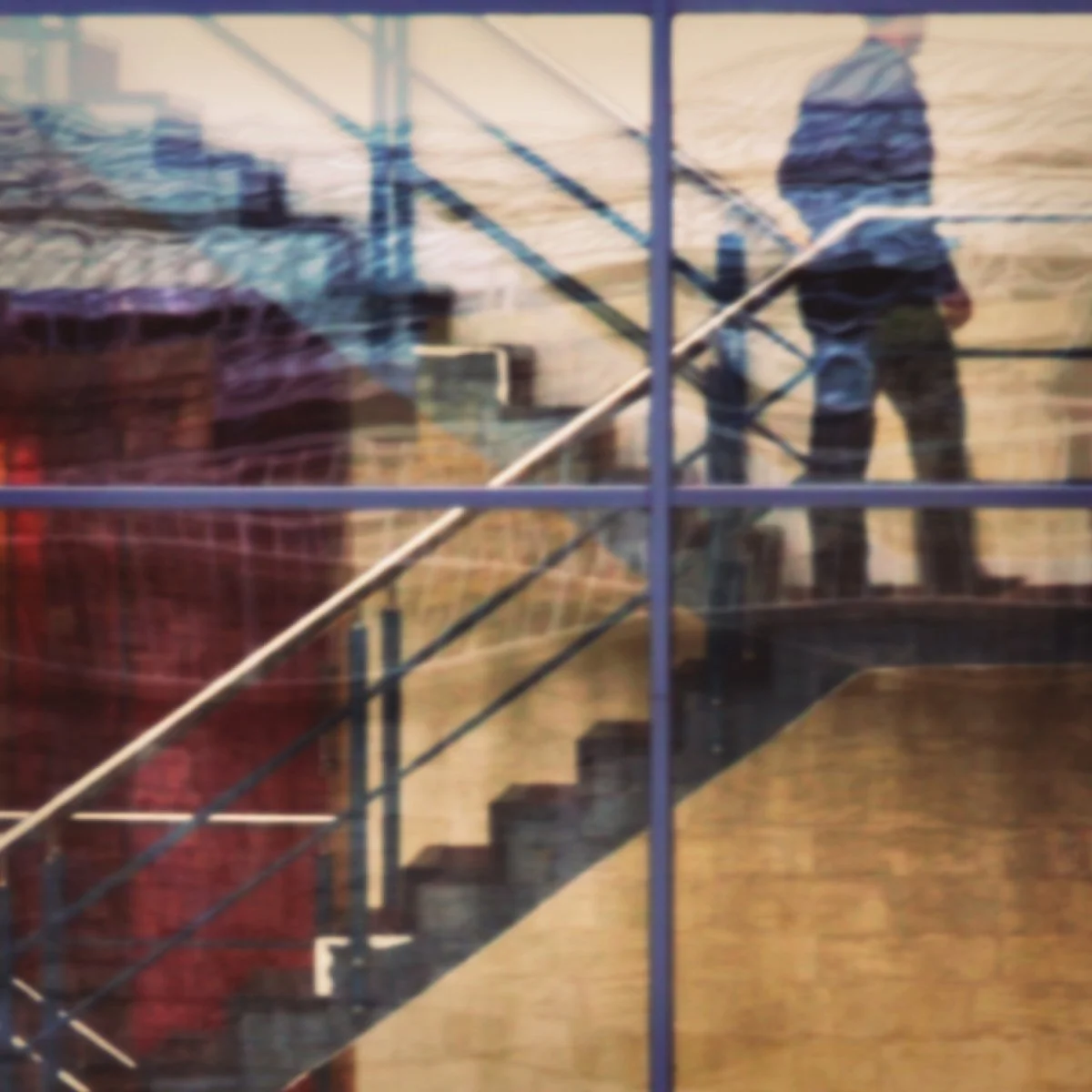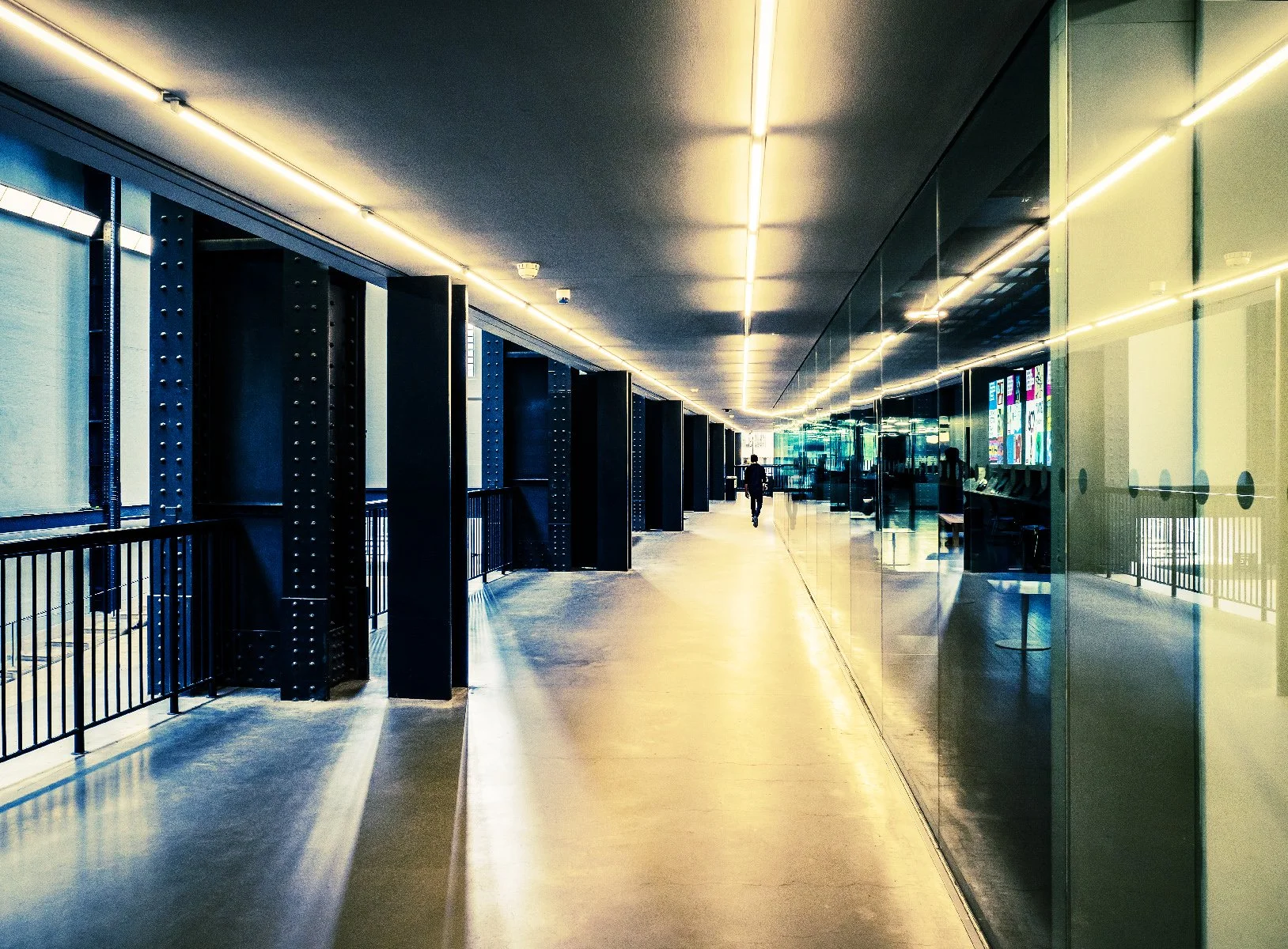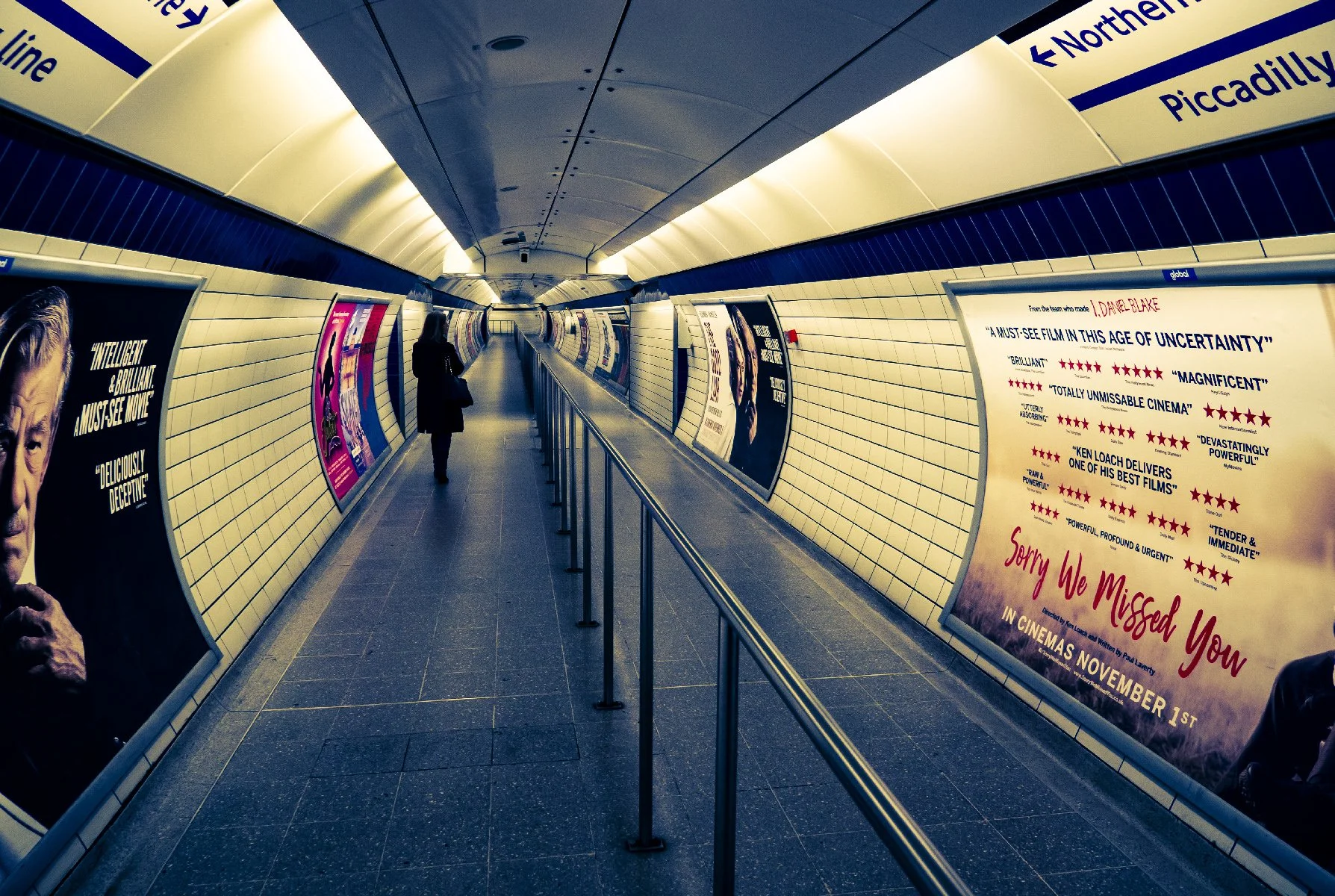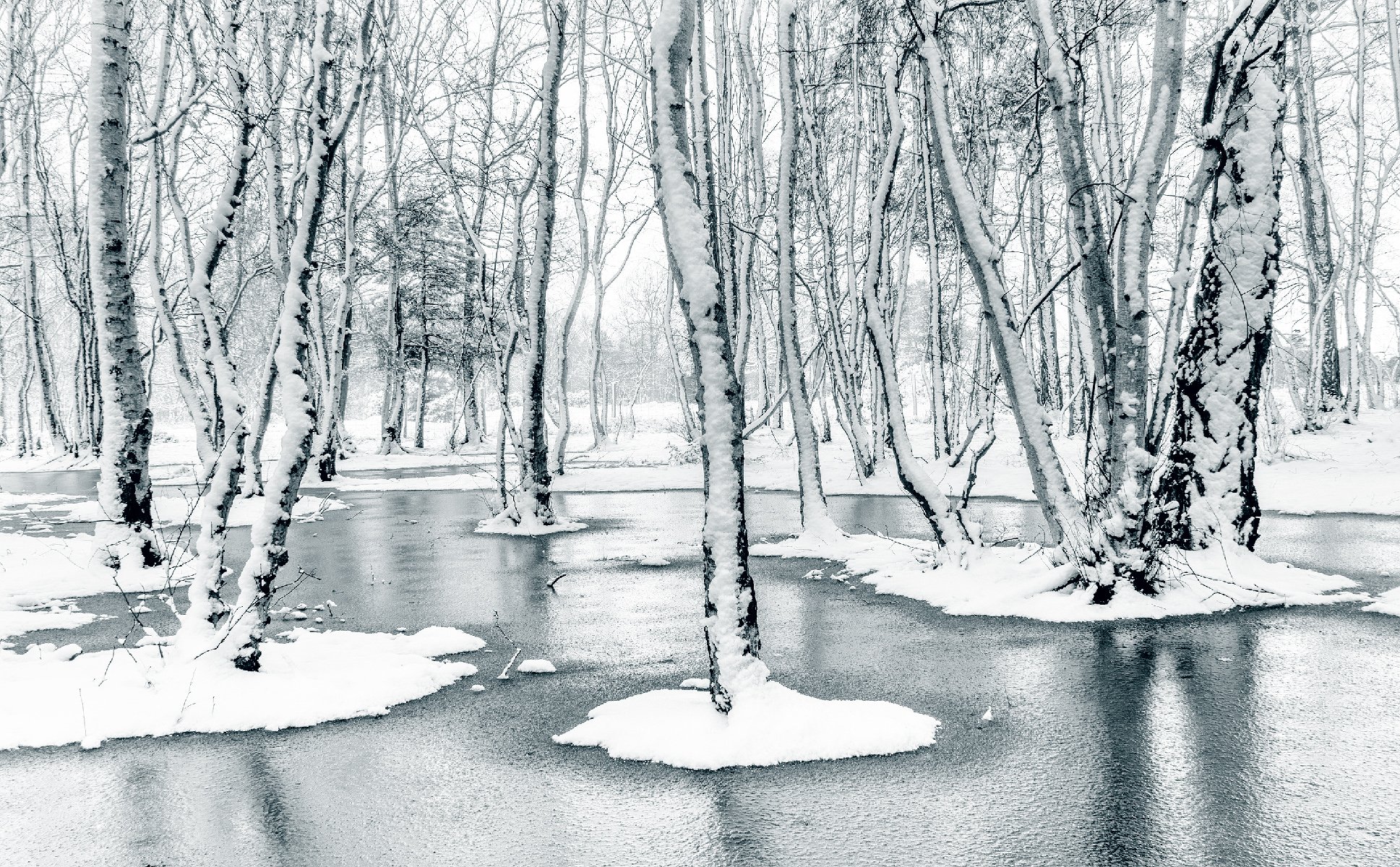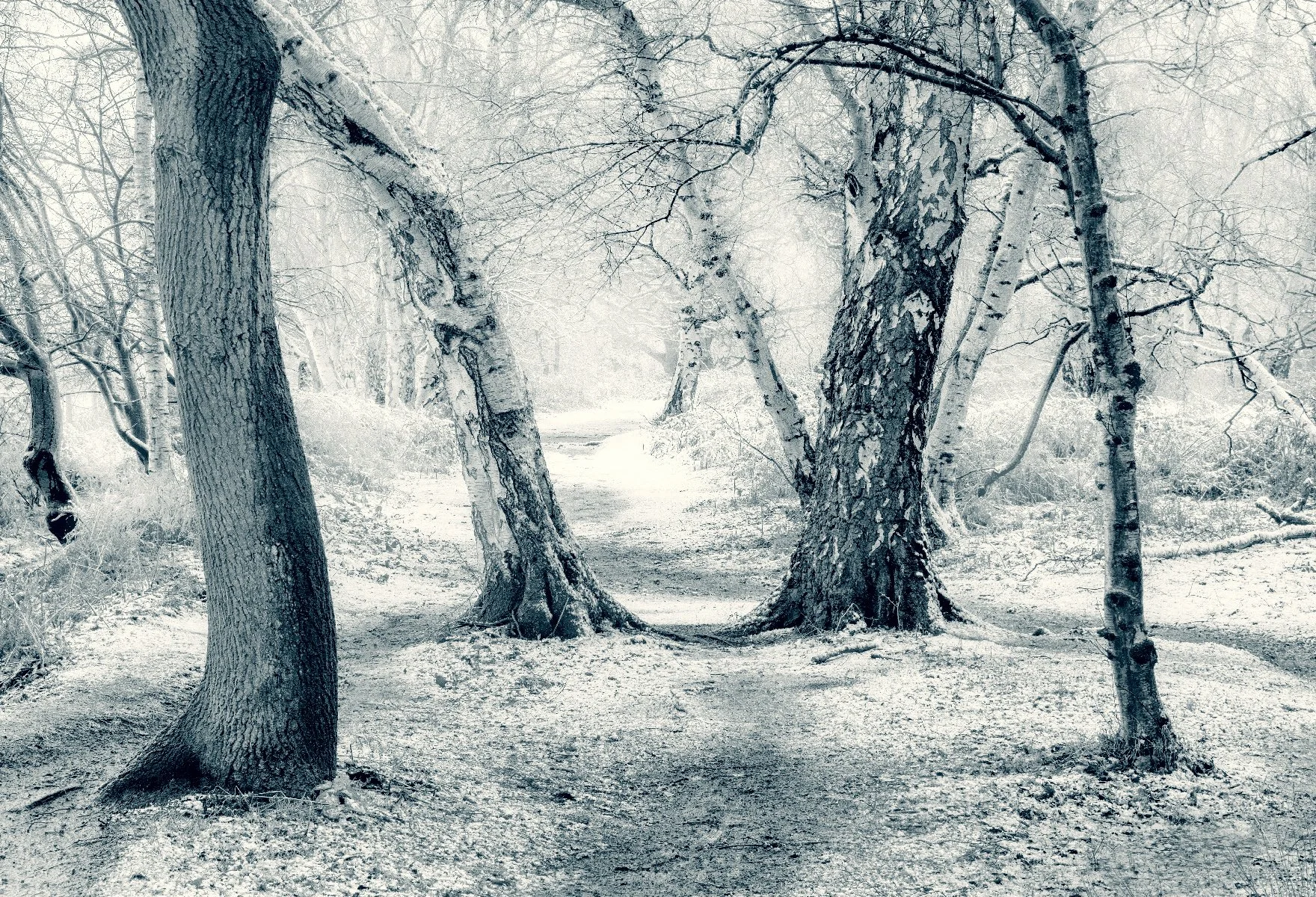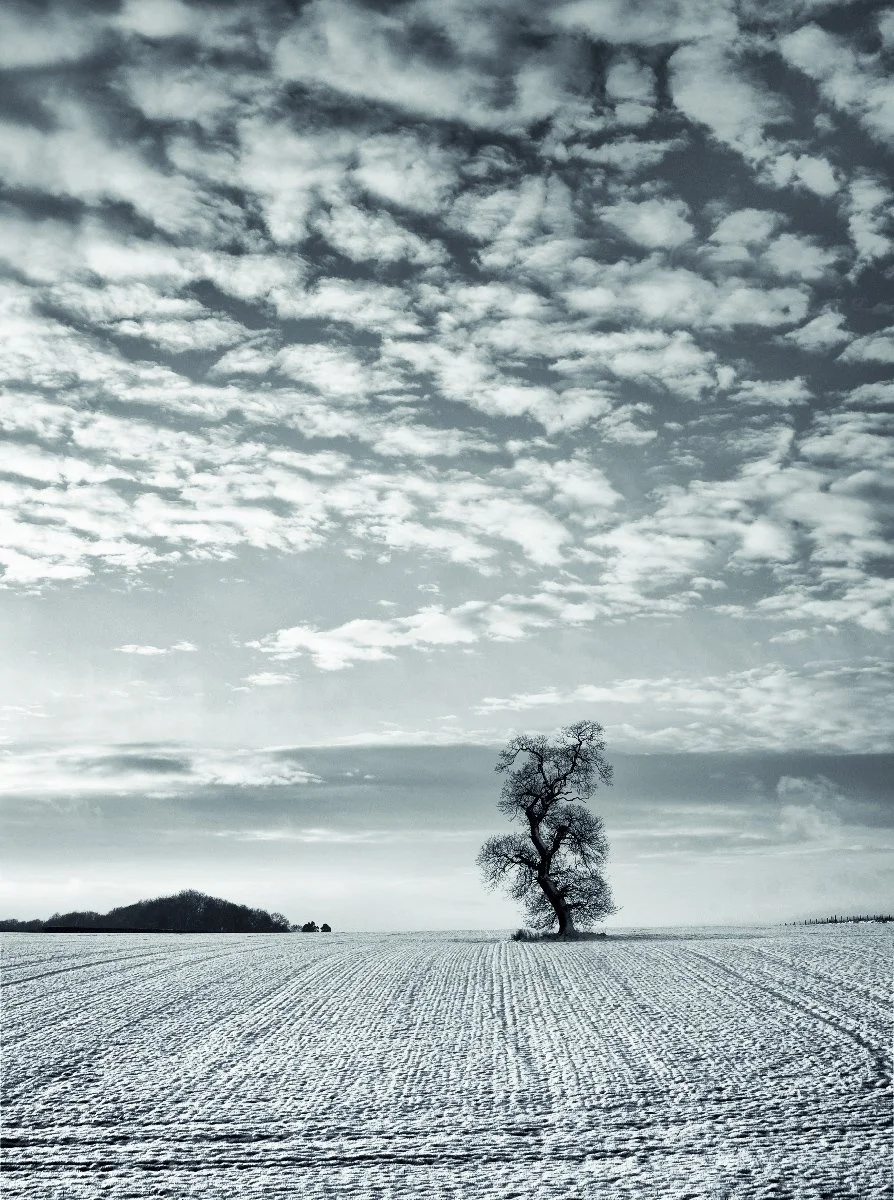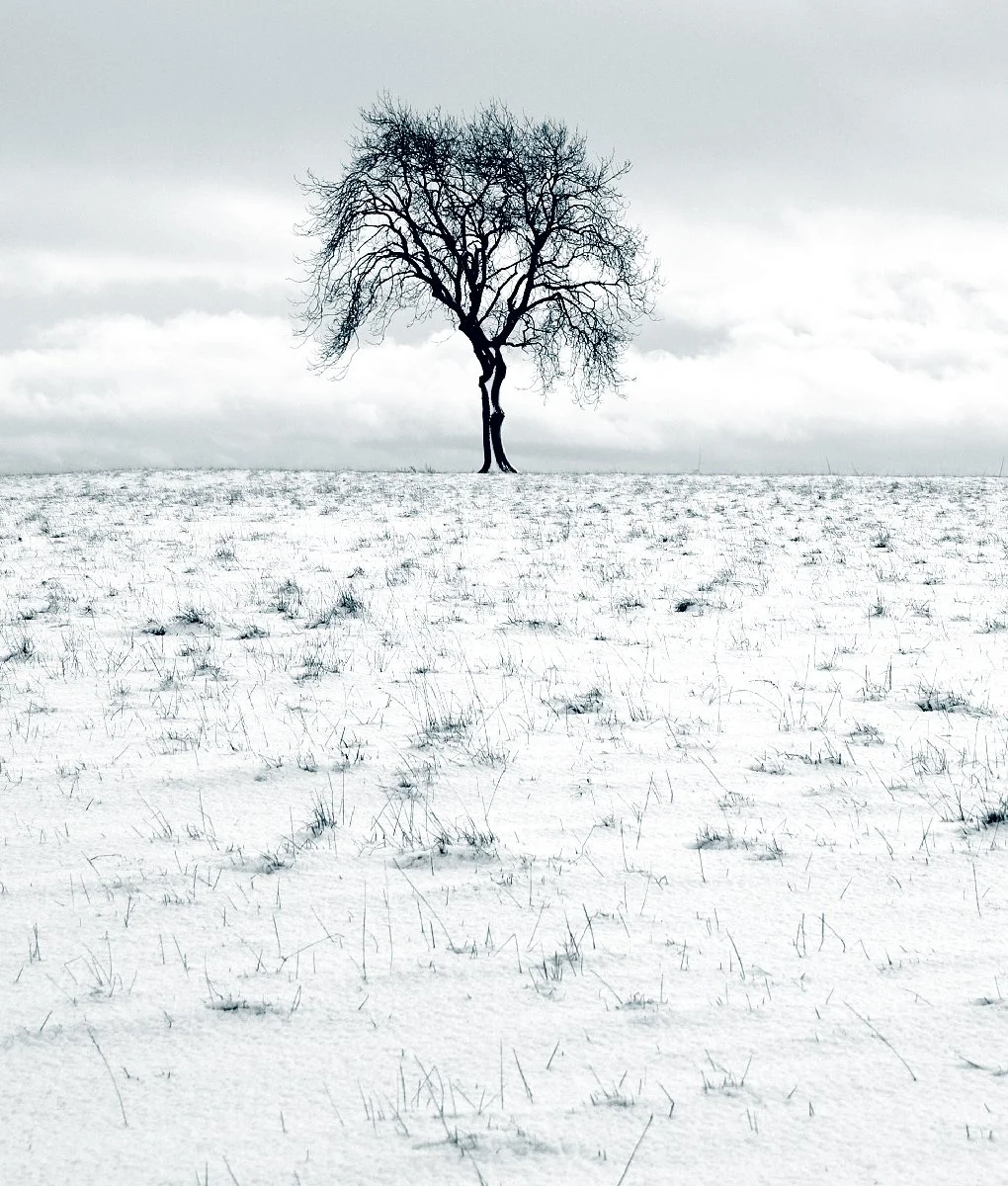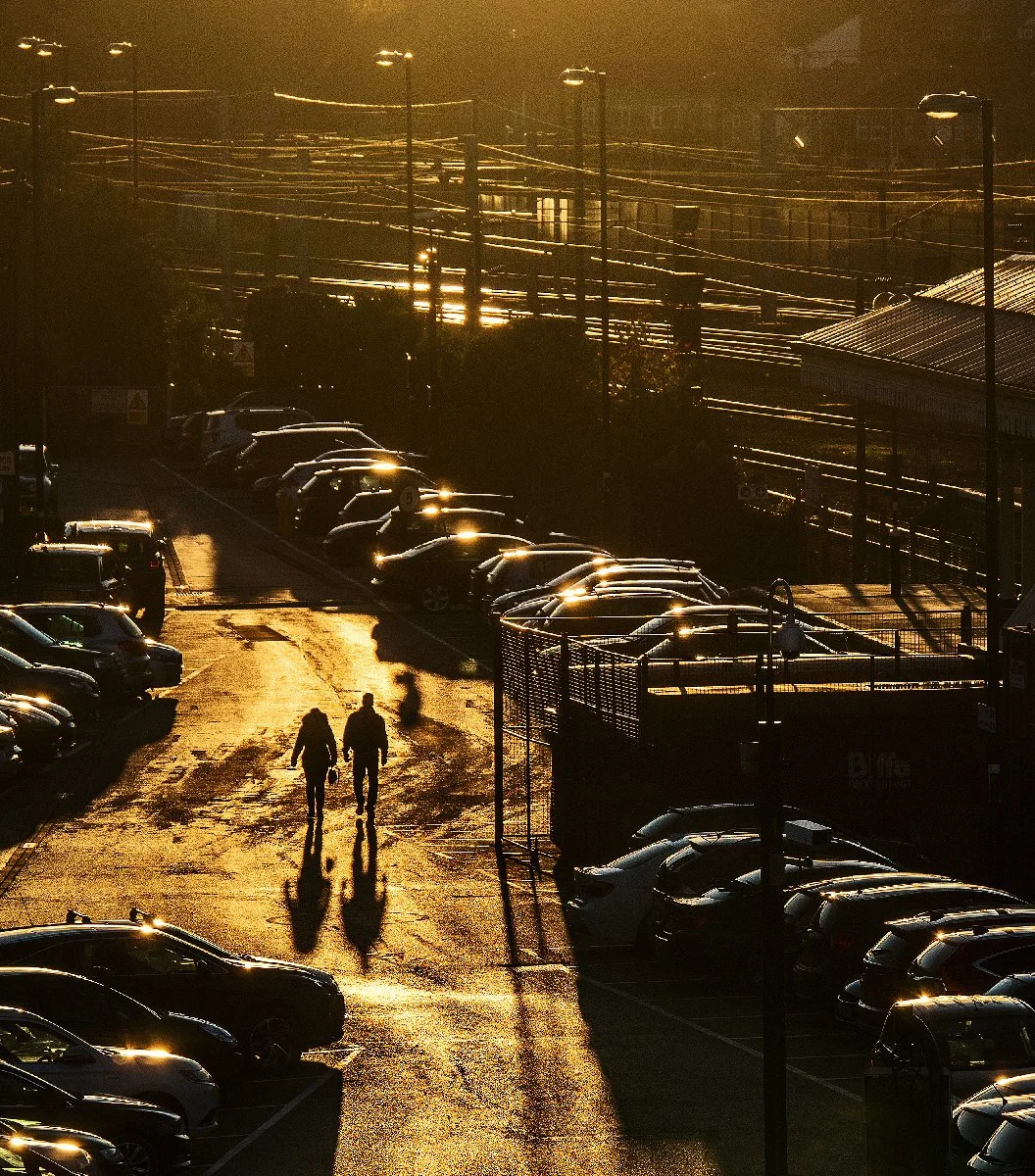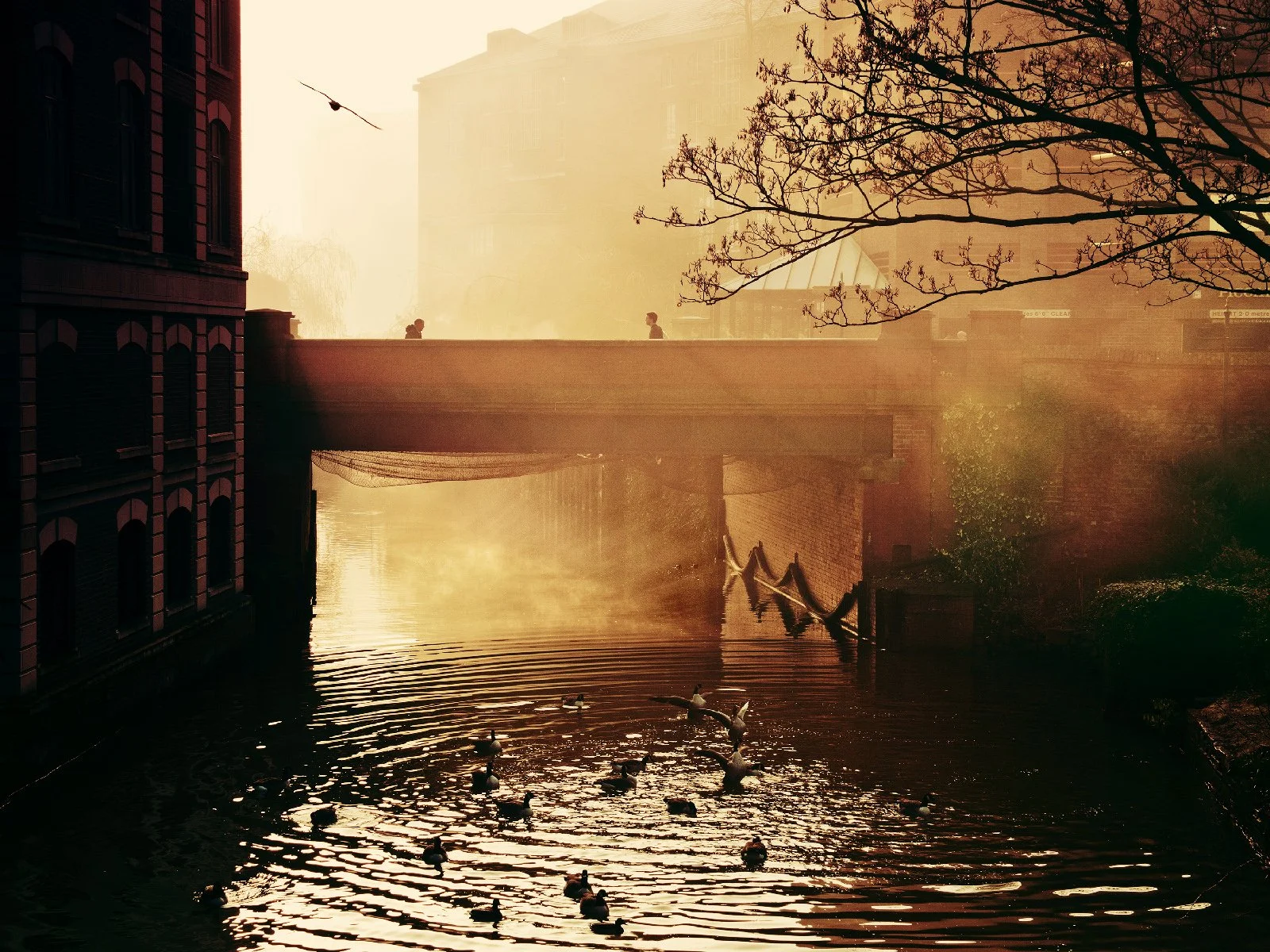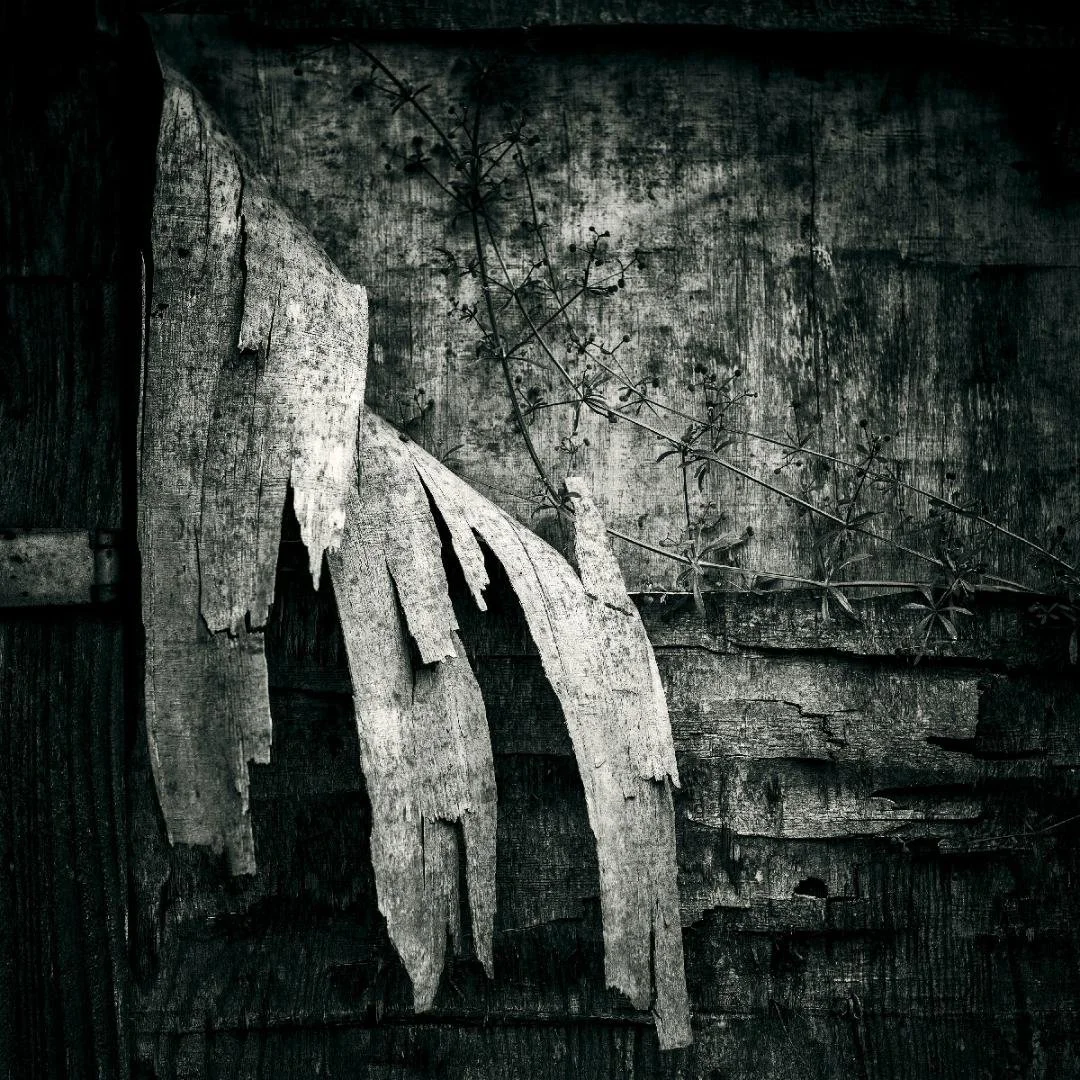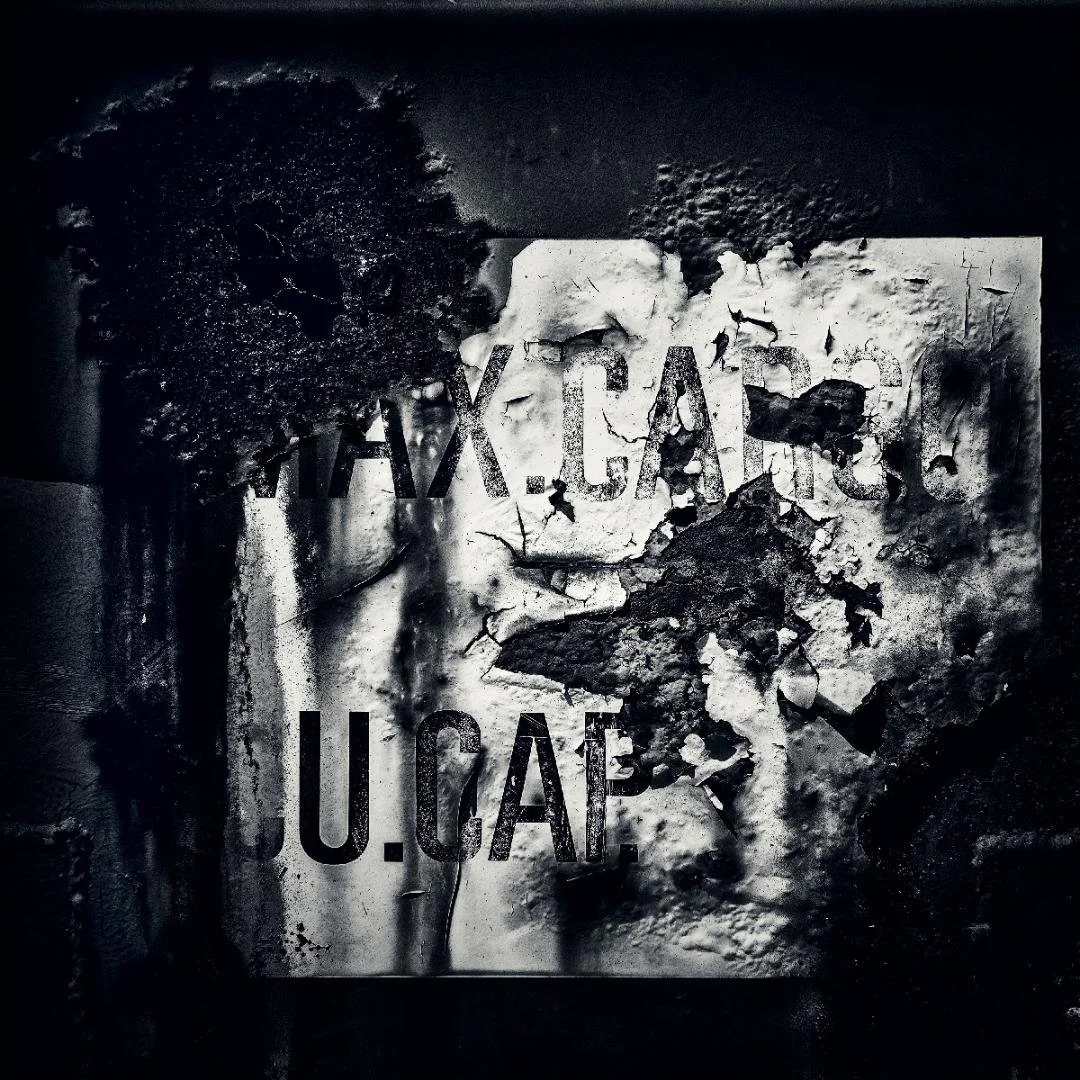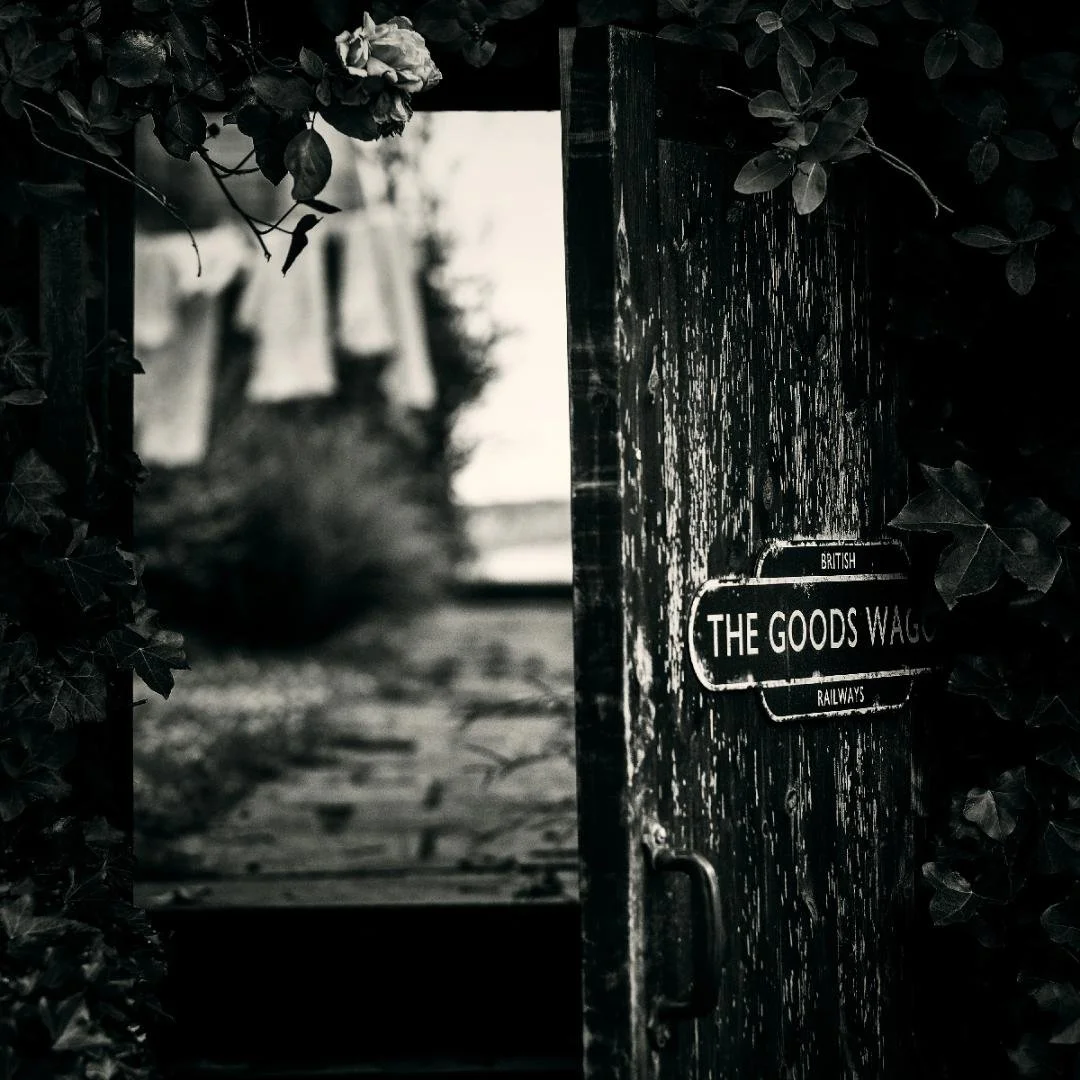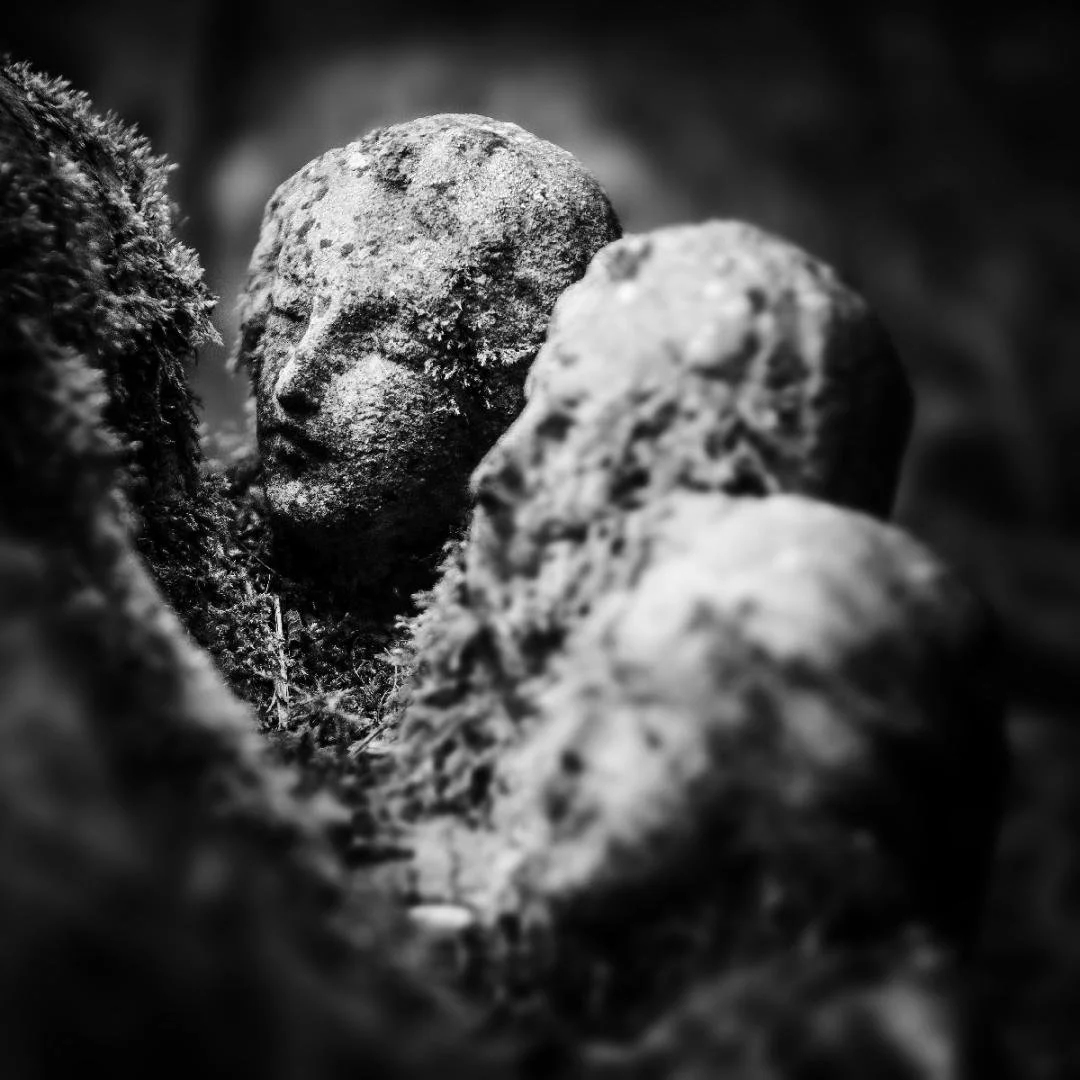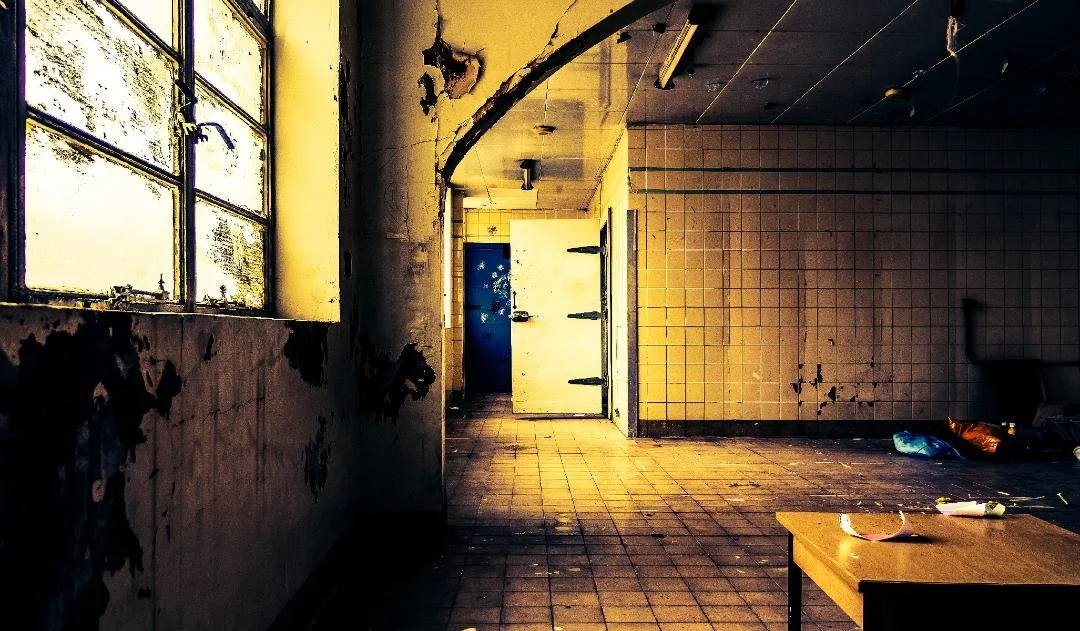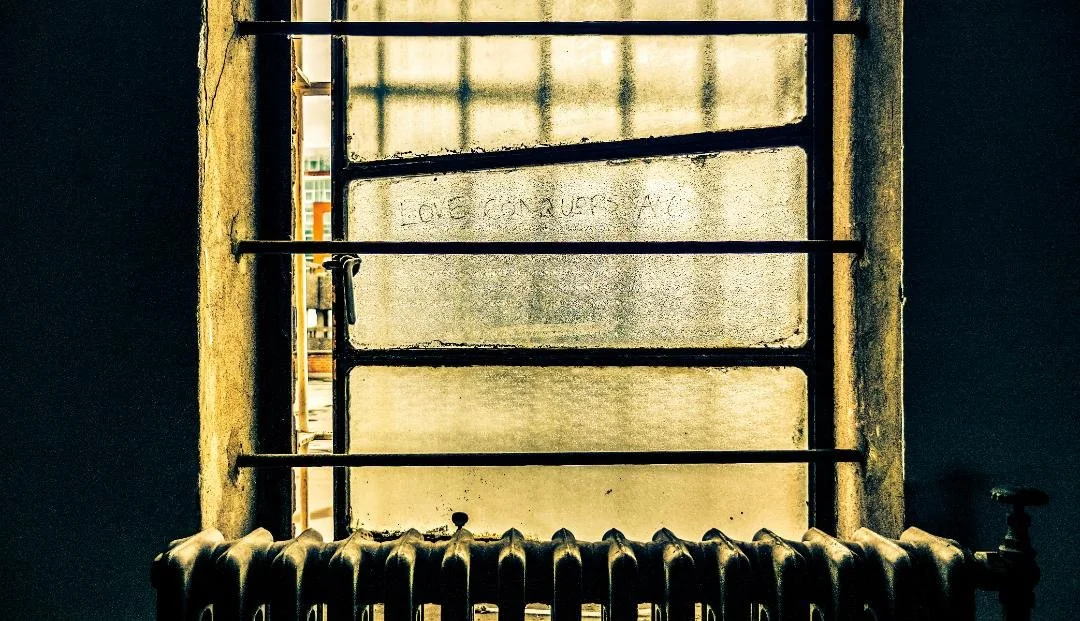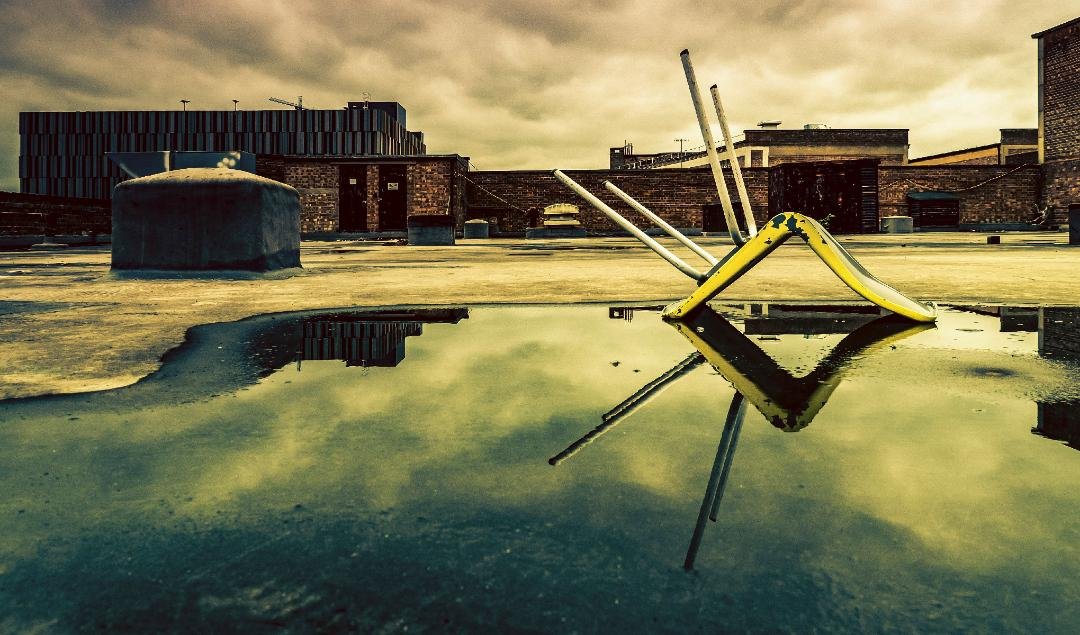David Sault ARPS
My guiding purpose is to use photography as a medium to pursue my own creative vision and as a means of artistic expression.
We currently live in a media world dominated by immediacy and drama, and a great deal of contemporary photography reflects this. These concepts don’t touch upon my aesthetic radar and my photographic work has gone in the opposite direction. To me, my photographic work is an exploration of subtlety, imagination and contemplation and I would hope that viewers can perceive it in that way.
Some years ago, a well-known British photographer said to me “...the main difference between the amateur and the professional is that an amateur takes one shot of many things whereas a professional takes many shots of one thing”. This off-the-cuff remark changed my photography forever. Consequently, I now work in portfolios which explore an idea that has caught my attention.
I’m mainly influenced by ideas from art, cinema, philosophy and sometimes lines from songs or poems. I believe that you can express social, psychological and personal concepts with creative images and a Fine Art aesthetic.
Many more portfolios are on show at davidsaultphotography.com
Chiaroscuro
I have a lifelong admiration for the art of painters such as Rembrandt and Caravaggio who used the Chiaroscuro technique in their work.
The term chiaroscuro comes from the Italian words chiaro, meaning light, and oscuro, which means dark. These artists used the chiaroscuro method of painting shadows and a single light source, to make photorealistic paintings with character and depth.
Used in photography, the deep black shadows introduce mood and enhance the image with a solidity of form and a better three dimensional representation, guiding a viewer’s eye towards the important subject matter of the image.
Afternoon Nap
Cafe Nero
Manga Bookshop
Palace Shadows
Shadow
Déja Vu
In this portfolio, my aim was to create images which are visually intriguing with a dream-like quality or with some sense of mystery which would engage a viewer’s imagination and encourage them to create their own narrative.
It is a body of work consisting of enigmatic scenes and sometimes candid shots of people with indeterminate intent.
I wanted this sense of mystery to hint at an unusual moment in time or sensing of strange coincidence; some fragment of memory not entirely recalled.
Deja Vu 1
Deja Vu 2
Deja Vu 3
Deja Vu 4
Night drive
staircase
tunnel
white balloons
Impressions
Blurring of images dates back to styles of painting which include both the Impressionists and the Futurists. Impressionist painters such as Monet, Renoir and Pissarro captured an “impression” of a scene with quick, short brushstrokes intended to capture the light falling rather than the actual small details in the scene. Some futurist painters such as Duchamp and Balla also tried to capture movement by introducing the blur of multiple impressions of moving people and objects.
Intentional Camera Movement as a way of imitating their technique by altering the images to produce a blurring effect, so introducing an abstraction and a sense of mystery which echoes back to these earlier styles of painting.
Metropolis
The sleek tunnels of concrete and steel on the Underground have, to me, always been reminiscent of scenes from the 1927 German Expressionist film “Metropolis” by Fritz Lang.
The film depicts a futuristic society with visions of small figures walking amongst huge, cold, modern structures.
With this idea in mind, I tried to capture some of the striking backdrops and views of perspective whilst travelling through stations and arcades.
Seasonal Change
Winter Trees
Few things display the turning of the seasons more than our deciduous trees. The cycle of trees’ growth, decay and renewal and the changing beauty of their foliage all resonate in the spirit and mind of Man.
Artists such as Ansel Adams used the ancient nature of trees to portray the majesty of pristine landscape in relation to our own smaller time and place in the world. Fay Godwin and many other artists have used them attempting to portray our spiritual connection to the land. The Tree of Life symbol has captured our imagination like few other iconic symbols have managed to do, crossing religious and geographical boundaries and entering into mainstream art and literature.
In this portfolio, I was trying to explore the study of trees in relation to the portrayal of time and seasonal change..
Twilight
The direction, colour and intensity of light follows diurnal patterns and the complex, deep-seated feelings associated with these patterns are something which have been hard-wired into our brains over millennia.
Twilight is one of these daily patterns. The light shifts towards yellows, through vibrant reds to the quiet blue of evening. The ephemeral beauty of the colour shift, the lengthening shadows and the feelings associated with the onset of evening combine to make twilight a special time for photographers.
A favourite scene for me is a figure standing or walking in the distance. I will often stand by a scene waiting for someone to walk into it to add a human touch to the image.
Wabi Sabi
In traditional Japanese Shinto and Buddhist Philosophy, all things; objects, people, plants and so on have their own spirit and also their own aesthetic. This aesthetic doesn’t disappear as the thing ages, it merely changes with time.
All things change.
This concept is known as Wabi Sabi and is often, erroneously, translated as ‘The beauty of age and decay’.
In this portfolio, I wanted to explore this idea and choose objects and places which though decayed, still have an obvious aesthetic beauty which can be portrayed visually.











